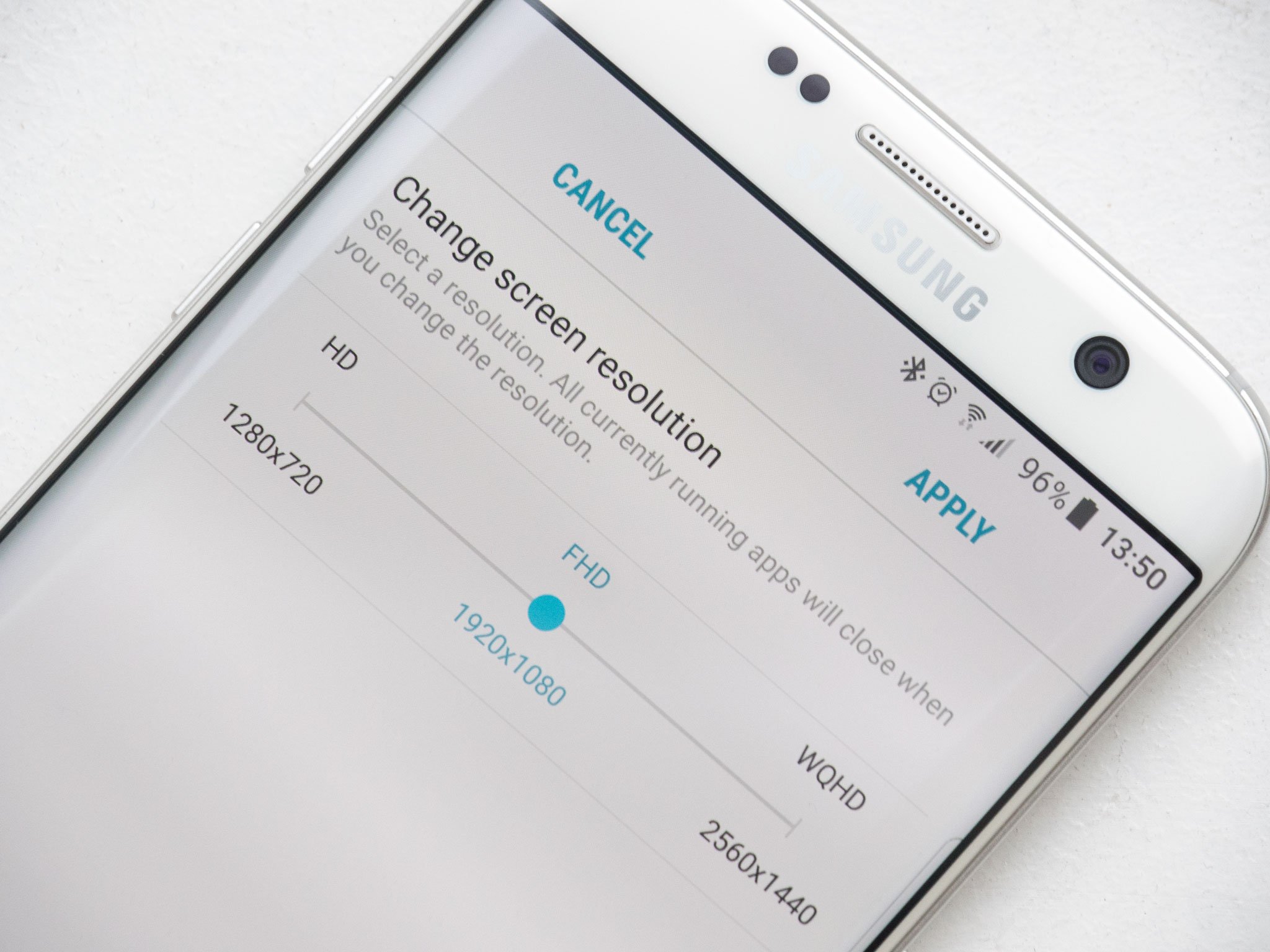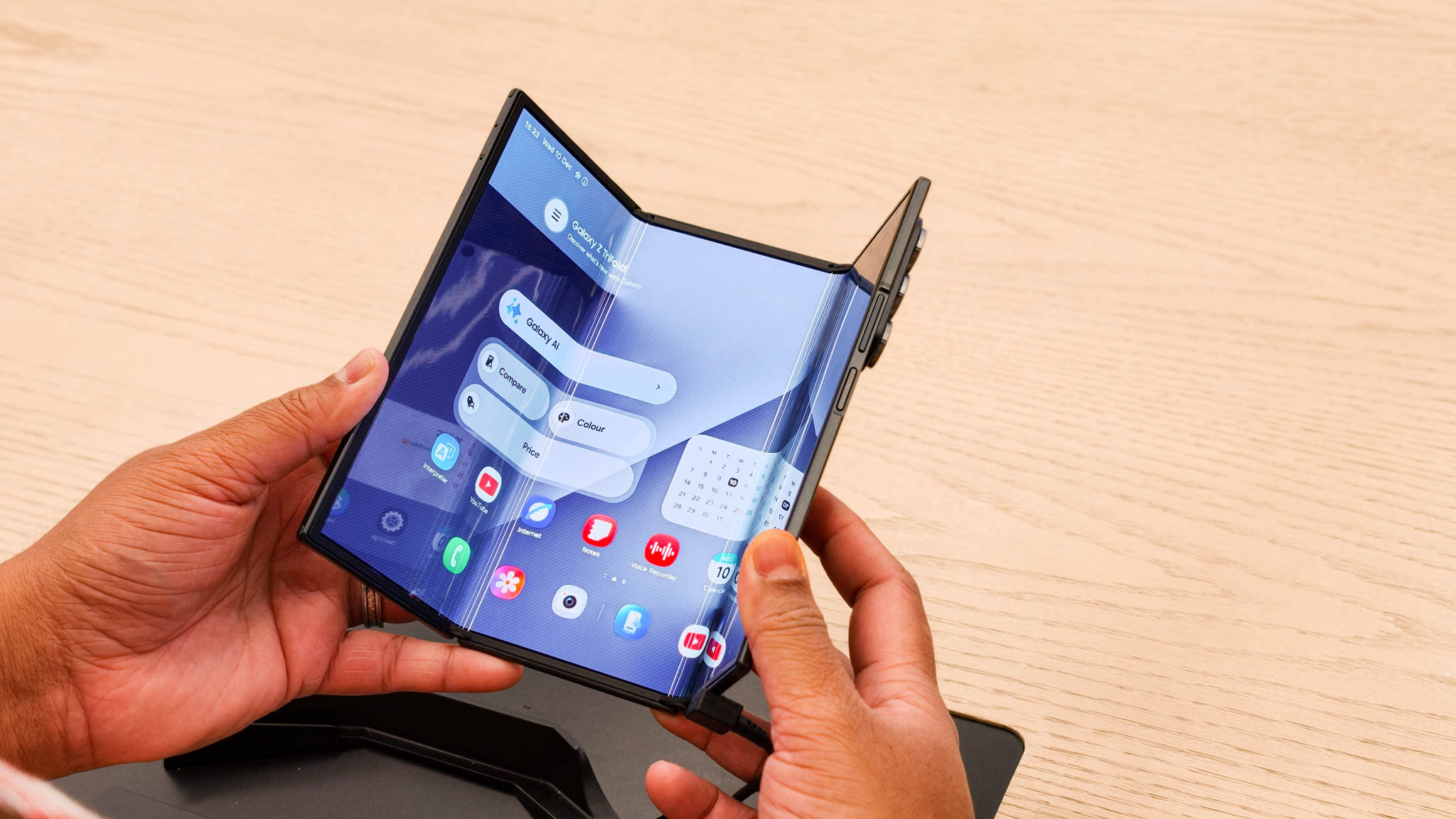Galaxy S7 display defaults to Full HD after Nougat update, but you can switch back

The Nougat update to the Galaxy S7 and S7 edge introduces a new display scaling option that lets you reduce the screen resolution as a way to conserve battery life. With the update, you can now choose between three modes — WQHD (2560x1440), FHD (1920x1080), and HD (1280x720). While it's a nifty feature to have, the display on the Galaxy S7 and S7 edge is automatically defaulting to Full HD for those that have installed the update.
The display on the S7 and S7 edge looks great even on Full HD, and for the most part, there isn't a lot of difference when viewing text and images in Full HD when compared to QHD. As we've seen when the feature first rolled out during the Nougat beta test, it is likely Samsung is defaulting the screen to Full HD to extend battery life and improve performance. Fortunately, you can easily switch back to the native Quad HD resolution by navigating to Settings -> Display.
Get the latest news from Android Central, your trusted companion in the world of Android

Harish Jonnalagadda is Android Central's Senior Editor overseeing mobile coverage. In his current role, he leads the site's coverage of Chinese phone brands, networking products, and AV gear. He has been testing phones for over a decade, and has extensive experience in mobile hardware and the global semiconductor industry. Contact him on Twitter at @chunkynerd.
